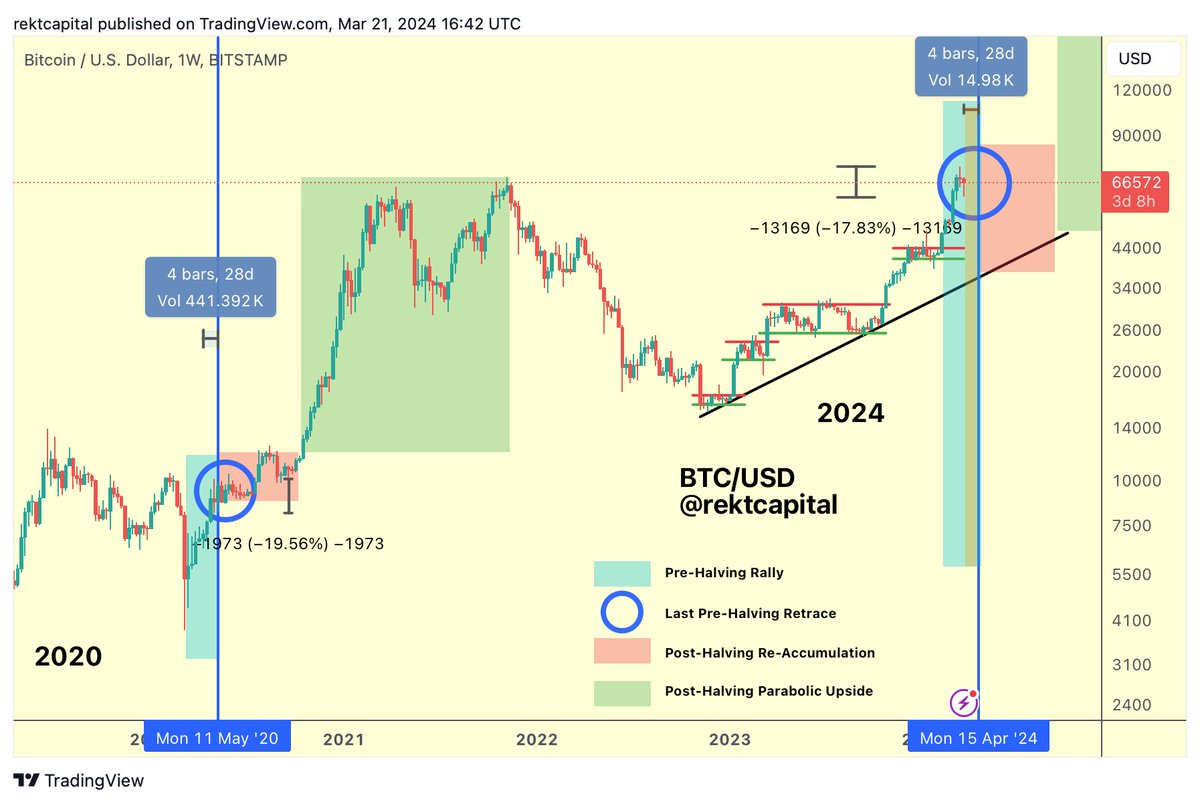The Real Safe Bet: Your Guide To Secure Investments

Table of Contents
Understanding Risk Tolerance and Investment Goals
Before diving into specific secure investment options, it's vital to understand your risk tolerance and define your financial goals. These two factors are intrinsically linked and will heavily influence the types of investments that are right for you.
Assessing Your Risk Profile
Your risk profile determines your comfort level with potential investment losses. Generally, investors fall into three categories: conservative, moderate, and aggressive.
- Conservative: These investors prioritize capital preservation and minimize risk. They are typically comfortable with lower returns in exchange for greater security.
- Moderate: These investors seek a balance between risk and return, accepting some level of volatility for the potential of higher returns.
- Aggressive: These investors are comfortable with higher levels of risk in pursuit of potentially greater returns.
To determine your risk tolerance, ask yourself:
- How much money can I afford to lose without significantly impacting my lifestyle?
- What is my time horizon for this investment? (Shorter time horizons often necessitate more conservative strategies.)
- How would I react emotionally to a significant market downturn?
Your age and financial goals also play a crucial role. Younger investors generally have a longer time horizon, allowing them to tolerate more risk. Diversification is a key risk mitigation strategy, spreading your investments across different asset classes to reduce the impact of any single investment's underperformance.
Defining Your Financial Goals
Setting clear financial goals is essential for making informed investment decisions. Use the SMART framework:
- Specific: What exactly are you saving for? (e.g., retirement, down payment, child's education)
- Measurable: How much money do you need?
- Achievable: Is your goal realistic given your income and time horizon?
- Relevant: Does this goal align with your overall financial priorities?
- Time-Bound: When do you need to achieve this goal?
For example, if your goal is a down payment on a house in five years, you'll likely favor secure investments with a lower risk profile and higher liquidity compared to someone saving for retirement 30 years from now.
Exploring Different Types of Secure Investments
Several investment options offer a relatively secure path to growing your wealth. Understanding the nuances of each is key to building a well-rounded, secure investment portfolio.
High-Yield Savings Accounts and Money Market Accounts
These are excellent options for readily accessible funds and capital preservation. They offer FDIC insurance (up to $250,000 per depositor, per insured bank) in the US, providing a safety net against bank failure.
- Pros: High liquidity, FDIC insurance (where applicable), relatively safe.
- Cons: Interest rates may be lower than other investment options.
Money market accounts generally offer slightly higher interest rates than savings accounts but may have minimum balance requirements.
Certificates of Deposit (CDs)
CDs offer a fixed interest rate for a specific term (e.g., 6 months, 1 year, 5 years). The longer the term, the higher the interest rate, but you'll face penalties for early withdrawal.
- Pros: Predictable returns, FDIC insurance (where applicable).
- Cons: Limited liquidity, potential for lower returns than other investments if interest rates rise.
CDs provide a stable, secure investment option for short-term to medium-term goals.
Government Bonds
Government bonds, such as U.S. Treasury bonds, are considered among the safest investments available. They are backed by the full faith and credit of the government.
- Pros: Low risk, relatively stable returns, diversification benefit.
- Cons: Returns may be modest compared to higher-risk investments.
Different types of government bonds offer varying maturities and interest rates.
Diversification with Low-Cost Index Funds
Index funds offer a simple way to diversify your portfolio across a broad range of stocks or bonds. They track a specific market index, like the S&P 500, providing broad market exposure with relatively low risk.
- Pros: Diversification, low expense ratios, relatively low risk compared to individual stock picking.
- Cons: Returns may not significantly outperform the market.
Professional Advice and Due Diligence
While this guide provides valuable information, seeking professional advice and conducting thorough research are crucial before making any investment decisions.
Consulting a Financial Advisor
A qualified financial advisor can help you create a personalized investment strategy aligned with your risk tolerance, financial goals, and time horizon.
- Finding a qualified advisor: Look for a fee-only advisor (avoid commission-based advisors who may prioritize their own profits over your best interests).
- Asking questions: Don't hesitate to ask about their experience, credentials, fees, and investment philosophy.
- Reviewing credentials: Verify their certifications and professional affiliations.
Conducting Thorough Research
Always conduct independent research before investing in any product.
- Checking investment credentials: Understand the investment's history, track record, and associated risks.
- Understanding fees and charges: Be aware of any expense ratios, management fees, or transaction costs.
- Reviewing past performance: While past performance is not indicative of future results, it's important to review it in conjunction with other factors.
Conclusion
Building a secure financial future requires careful planning and informed decision-making. This guide highlights the importance of assessing your risk tolerance, understanding different types of secure investments, and seeking professional guidance when needed. Remember, the key to successful investing lies in a balanced approach that aligns with your individual circumstances and goals. Start building your portfolio of secure investments today. Take the time to assess your risk tolerance, research different options, and consider consulting a financial advisor to help you achieve your financial goals. Don't delay securing your financial future; explore safe investments and investment options that best suit your needs for building a secure financial future.

Featured Posts
-
 Bitcoin Madenciliginin Sonu Yaklasirken Gelecek Ne Getiriyor
May 09, 2025
Bitcoin Madenciliginin Sonu Yaklasirken Gelecek Ne Getiriyor
May 09, 2025 -
 Bitcoin Price Surge Understanding The Recent Rebound And Future Potential
May 09, 2025
Bitcoin Price Surge Understanding The Recent Rebound And Future Potential
May 09, 2025 -
 Strands Nyt April 10th Game 403 Complete Answer Guide
May 09, 2025
Strands Nyt April 10th Game 403 Complete Answer Guide
May 09, 2025 -
 Fox News Jesse Watters Under Fire For Inappropriate Joke About Infidelity
May 09, 2025
Fox News Jesse Watters Under Fire For Inappropriate Joke About Infidelity
May 09, 2025 -
 Nhl Recap Vegas Golden Knights Beat Columbus Blue Jackets Hill Shines
May 09, 2025
Nhl Recap Vegas Golden Knights Beat Columbus Blue Jackets Hill Shines
May 09, 2025
